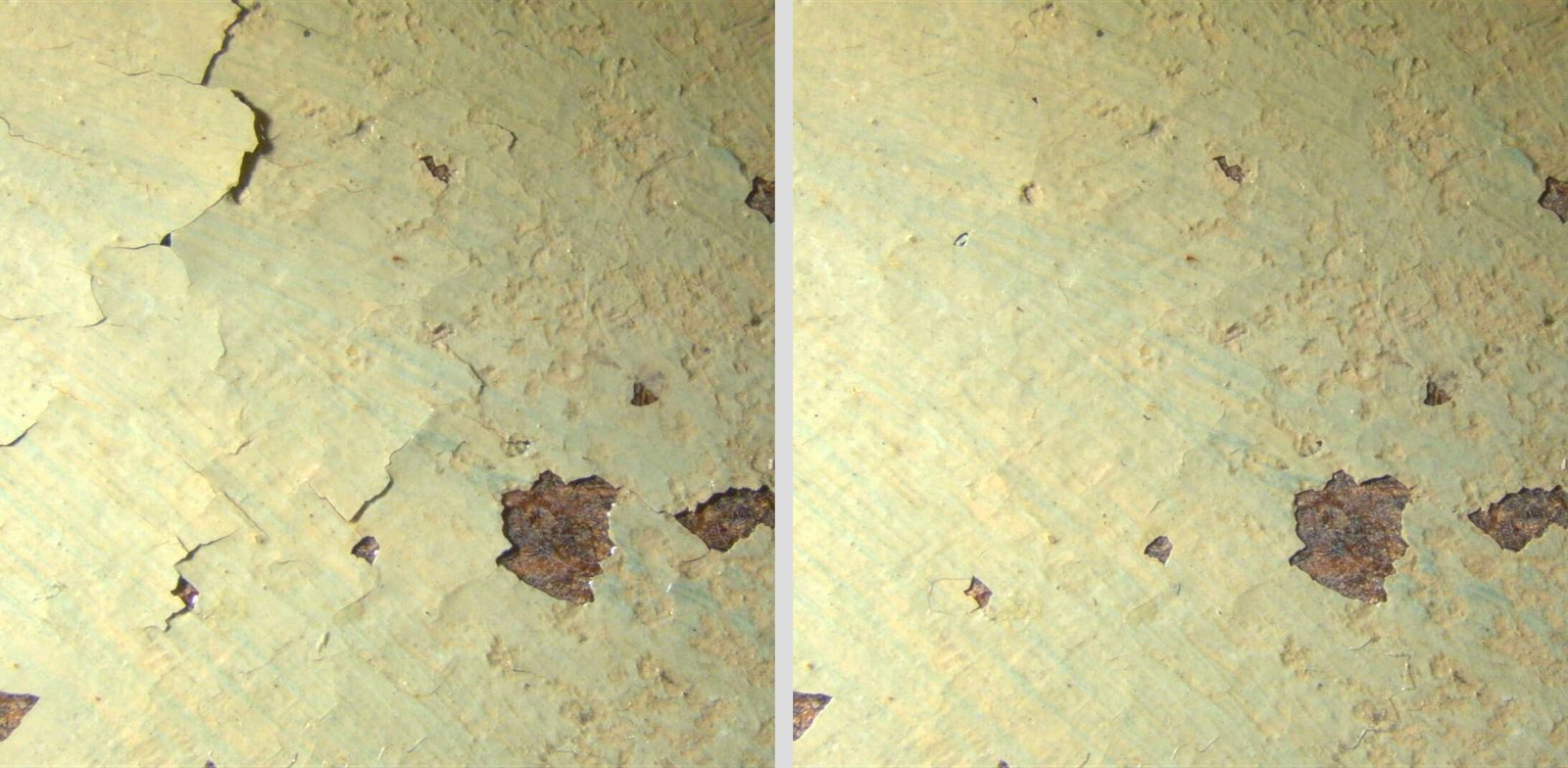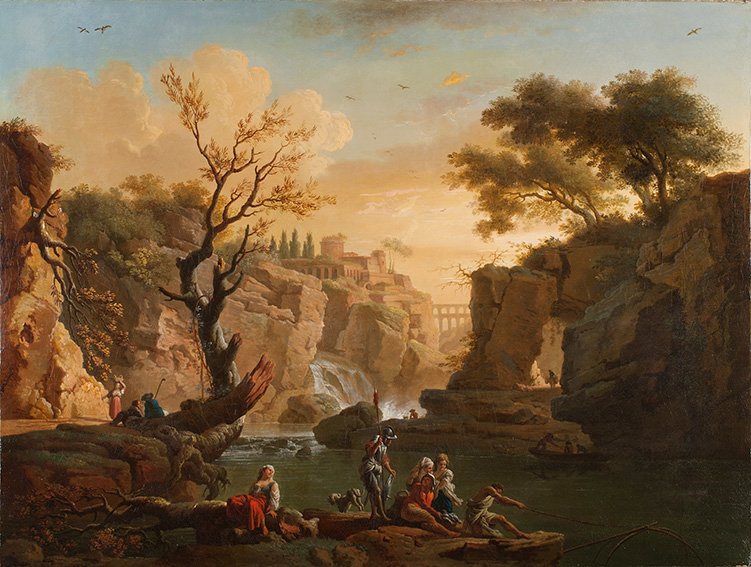Consolidation? What is Consolidation?
Consolidation is one, if not the most, crucial operation that a piece of painted artwork might need in order to survive through time, because it involves the structural reinforcement of the paint layers.
A painting is nothing more than a set of multiple layers of different materials. The sequence, from the bottom up, Support-Ground-Primer-Paint layer-Varnish, seems simple enough, but this stratified configuration evolves through time with the discovery of new painting techniques and materials, generating an infinite number of singular cases where each painting reacts in its own particular way.


The origin of the problem is well known and understood. Different materials respond in different ways to physical changes, and aging is likely to create tensions along the paint layer. Slowly but steadily, the stress will generate cracks and separation between the layers, and the delamination will eventually lead to losses of the paint layer. By that time, once the damage is visible on the surface of the painting, the underlying problems could be extensive. And here is where the consolidation work should start.
Consolidation as a definition is “the action or process of making something stronger or more solid.” In the case of paintings conservation, Consolidation is the treatment that aims to stabilize degraded or weakened areas by introducing and adhesive, also called a consolidant, capable of holding them together. Most of the time, the process will be targeting the separation between layers to re-establish the original bond. In our experience, the most common case of delamination takes place between the support (canvas or wood) and the subsequent paint layers. Other examples of separation between ground-primer and paint layer happen too, but they are rarer, inherent to the technique, and usually involve the use of incompatible materials by the artist.
So, how does consolidation work?
The basics are simple. The consolidant, which normally is an adhesive or resin in liquid state, is applied to the painting so it can reach those hollow spaces between the layers, reattaching and reinforcing the bond between the support and paint layers. Up to here everything seems easy enough, but the appropriate consolidant needs to follow certain rules that are not as simple. The binding agent needs to be highly flexible, reversible, and compatible with the existing painting materials. Furthermore, the water or solvent used as a vehicle for the binder should not affect or modify the aspect of the support and paint layers.
Also, it should be well thought-out which one will be the most effective way to apply the consolidant onto the painting in order to obtain the desired results. While the consolidation of a painting on canvas could be done from the back, by means of infusing the reverse of the fabric with the consolidant, that would be an impossible option when dealing with a rigid support like a copper or wood panel, where the adhesive can be applied exclusively through the existing cracks and separations in the paint layer.
Additionally, the consolidation treatment might need the help of moderate heat and pressure in order to facilitate the penetration of the consolidant and to correct the existing deformations on the paint layer. Previous testing is imperative to know the sensitivity of the painting and, with accurate information, use the appropriate consolidant with the right method of application -that may or may not include facing the painting with tissue or Japanese paper- for each specific project.
All in all, consolidation is not a very rewarding treatment when compared to other more aesthetic processes like cleaning or inpainting. It is hardly noticed when properly done, but when needed, it is paramount to the preservation of the artwork in the long term.







